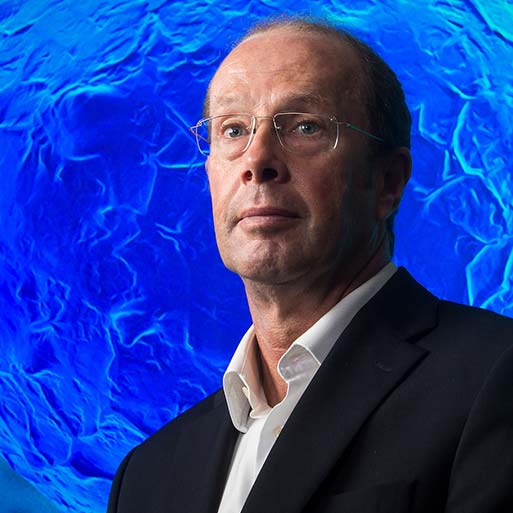Aussie stem cell research could makes diabetic wounds less troublesome
Health & Biotech
Health & Biotech
Special Report: Diabetic wounds — a nasty side effect of a disease that affects 425 million across the globe — could soon be more easily treated based on work by Aussie stem cell researcher Cynata Therapeutics.
For people with diabetes, the simplest scratch or cut can lead to infection or even amputation.
Slow healing in diabetic patients — especially in the hands or feet — can be caused by reduced blood circulation or go unnoticed due to nerve damage.
Cynata Therapeutics (ASX:CYP) — a stem cell and regenerative medicine company — has been working with the Co-operative Research Centre for Cell Therapy Manufacturing to find a more effective treatment for diabetic wounds.
Research has shown that up to 34 per cent of diabetics develop foot ulcers — a breeding ground for infection that can lead to life-threatening sepsis.
Diabetic wounds are now treated by routine ulcer care consisting of cleaning and dressing a wound.
The Adelaide-based CRC research centre is developing a new active wound care dressing, consisting of a polymer-coated silicone dressing seeded with mesenchymal stem cells (MSCs) — which happens to be Cynata’s bread and butter.
In a pre-clinical study, the CRC evaluated wound dressing seeded with cells from five different sources: Cynata’s MSCs produced via a proprietary Cymerus technology; bone marrow-derived MSCs supplied by a commercial manufacturer; and MSCs derived from dental pulp, bone chips and gingival fibroblasts (cells found in the gums). Each was supplied by an academic collaborator.
The study was designed to measure the extent of skin restoration of the wound surface after three days, which is representative of the speed of wound healing.
The results were very positive.
A dressing alone resulted in a 48 per cent skin restoration, while the Cymerus MSCs proved significantly better with 86 per cent skin restoration.
MSCs derived from commercially available bone marrow restored skin at just 51 per cent.
MSCs derived from gingival fibroblasts (80 per cent) and bone chips (91 per cent) also rated highly. However they were produced in an academic laboratory without Good Manufacturing Practice conditions and were very difficult to produce consistently at commercial scale.

Cynata’s Cymerus technology platform — which provides a readily available and effectively limitless source of consistent, clinical-grade MSCs — proved to be realistically the best option.
Discussions between Cynata and CTM CRC are now underway regarding progressing the study into a clinical trial in human patients with diabetic foot ulcers.
Dr Leanna Read, CTM CRC’s Chair and CEO, said Cynata’s Cymerus platform, presented an encouraging path forward. “We need only a small number of MSCs to seed the dressing, so we expect that this product could be produced at a low cost and positioned very competitively against existing treatment options.”
Dr Ross Macdonald, Cynata CEO, said, “We are very encouraged by these results and believe the combination of CTM CRC’s wound-dressing technology with Cynata’s Cymerus MSCs has the potential to address a huge, growing unmet medical need.”
The further good news from Cynata Therapeutics follows the $5.2m investment made by Fidelity International earlier this week, and the announcement last week that it had completed recruitment into its first clinical trial.
This special report is brought to you by Cynata Therapeutics.
This advice has been prepared without taking into account your objectives, financial situation or needs. You should, therefore, consider the appropriateness of the advice, in light of your own objectives, financial situation or needs, before acting on the advice.
If this advice relates to the acquisition, or possible acquisition, of a particular financial product, the recipient should obtain a disclosure document, a Product Disclosure Statement or an offer document (PDS) relating to the product and consider the PDS before making any decision about whether to acquire the product.